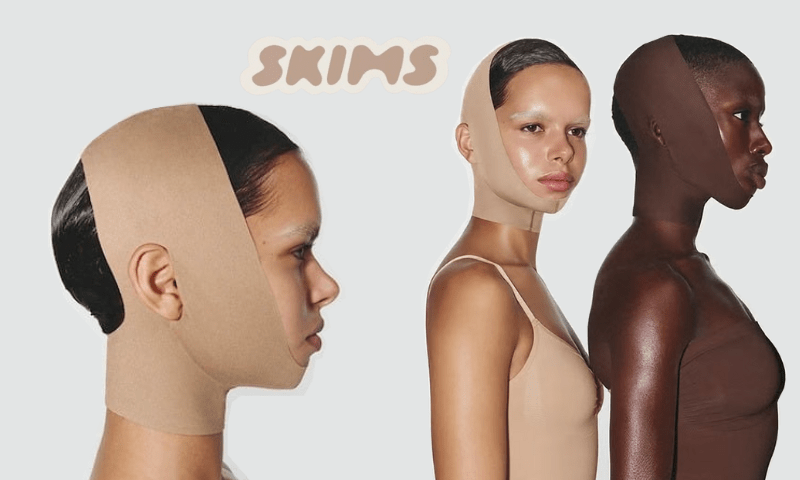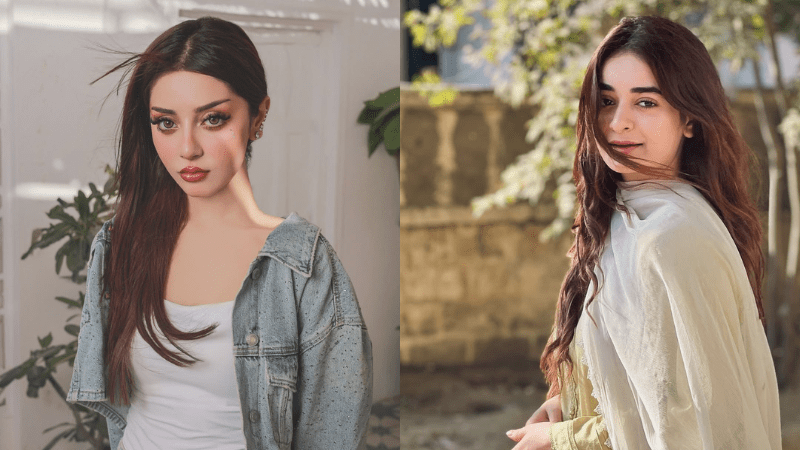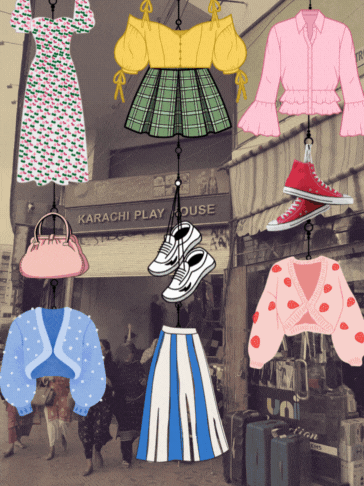From NCA to Art Dubai, Sana Arjumand’s art journey is worth tracing
In a quiet corner of Lahore, where centuries-old traditions hum beneath the surface of contemporary life, painter Sana Arjumand nurtures a creative vision that bridges the material and the metaphysical.
Born in Karachi and trained at the National College of Arts (NCA) in Lahore, Arjumand has long cultivated a practice rooted in mysticism and symbolism, which allowed her to debut her work at this year’s Art Dubai.
She was among the artists representing Pakistan at the yearly art fair, one of the most prestigious in the Middle East, that took place from April 18 to 20. To Arjumand, this platform was more than a badge of national pride, it was an invitation to share a deeply personal philosophy shaped by heritage.
When asked what it meant for her to represent Pakistan on an international stage like Art Dubai, Arjumand told Images, “It meant that I could serve a purpose, show my unique vision which has come into being through my experiences in Pakistan.”
Rather than representing Pakistan specifically, she hoped her work would serve as a reminder “of our collective humanity, connection with each other and with the unseen. “The support and guidance we can receive from the higher realms is represented in my work,” she said. “And all this I’ve learned in Pakistan — I hoped to share this vision with the world.”
Between two cities, and worlds
Arjumand’s paintings are dreamscapes, often featuring birds, radiant light, and recurring symbolic motifs that feel lifted from the pages of a spiritual text. Her work reflects what she describes as the “enormous capacity humans have to prosper and rise.”
While Arjumand now calls Lahore home, her artistic identity is just as deeply tied to Karachi, the city of her birth. “For a very long time, I considered Karachi home, with its cosmopolitan vibe and rich artistic landscape.” But it was Lahore, with its Mughal architecture, miniature art, and multi-disciplinary creative energy, that became her ‘Lab of Learning’.
Choosing Lahore’s NCA over Karachi’s Indus Valley School of Art and Architecture wasn’t merely a geographic decision, it was one steeped in history. There, Arjumand immersed herself in traditional techniques and forms, developing the textured, ethereal style that now defines her work. Her time in Lahore marked not only a physical relocation but also an evolution of identity, allowing her to plant new roots.
“When I was applying for art college, I was accepted to both the Indus Valley School of Art and Architecture in Karachi, and the National College of Arts in Lahore. I chose to go to NCA because of the heritage-based art that was part of the curriculum there. This influence remains notably reflected in my work,” she shared.
“Karachi gave me an understanding of my roots. Lahore gave me a vision to find my path, build my family and plant new roots,” added the artist.
When asked about moments or people that may have played a pivotal role in her growth as an artist, Arjumand said “Growing as an artist is about routine and consistent application; it’s the everyday ‘doing’ that leads to growth. Having said that, I was supported by my parents, both artists, to pursue my love of art. At college, my painting teacher RM Naeem honed my painting skills and I employ his teachings every day in my work.”
Even while having a supportive family and formative mentors, Arjumand experienced creative droughts. One pivotal moment came when she felt her artistic well had run dry. It was then that she turned fully toward spirituality.
“I felt I could not paint any more,” she recalled. “My spiritual teacher helped me understand true creativity, showed me the value of authenticity and woke me up to breathe anew. As I matured, I started to lean more into spiritual studies and that shaped my journey as an artist. My recent work is an outcome of the inspiration from mystical ideas.”
Relying on few and far between platforms
When asked if she feels Pakistan has enough public platforms to support and showcase artists like herself, or if spaces like Art Dubai end up filling a much-needed gap, she said, “I don’t think there are enough platforms anywhere.”
Arjumand is aware of the systemic gaps in Pakistan’s art ecosystem, especially for emerging artists. And she knows the need for support goes beyond exhibition spaces. “There are more creative individuals now than ever before,” she noted. “There’s lots to be done in Pakistan and one thing we can focus on is building more platforms for visual arts.”
Her call was not limited to institutional support but extended to individuals and foundations, both local and international.
“There’s always a period or phase in which younger artists don’t make enough income through art to support themselves. That takes time. In this earlier phase, artists need grants and studio spaces with accommodation and living support in order to focus on their creative endeavours. I think this can be accomplished through multiple channels, from government participation to individual contributions and support from foundations and organisations both national and international.”
Arjumand views platforms like Art Dubai as essential bridges — sites of exchange and connection. “Art Dubai fills a gap in this region, not just Pakistan. It’s more like a bridge, a meeting point of sorts and a place that offers opportunities for connection for people across the globe, with a focus on this region.”
The responsibility of artists
At a time of global uncertainty and social fragmentation, Arjumand insisted, “the artist’s responsibility is to be authentic towards their own creative journey.”
When asked if artists should have a responsibility beyond aesthetics, especially as the world implodes, she said, “The greatest freedom is to be your one true self without an iota of burden under the shadow of worry that you will be judged or accepted. When one achieves that freedom then they inspire others towards that freedom. When an artist is in this state, I believe they naturally gravitate towards subjects that speak to the needs of the day, in their own, unique ways.”
On that note, she held, “I don’t think that artists now have a responsibility beyond aesthetics, I believe that art is and always should be beyond just aesthetics. This is achieved when the artist is centred and free from within.”
Whether Arjumand would want her work to convey a sentiment or story about her country, she said, “To me, my work offers a vision of hope: a window to understand that there is so much more to our beings, to this world, and Pakistan than meets the eye. I hope my work can convey a sense of the creative power brewing in this country.”














Comments